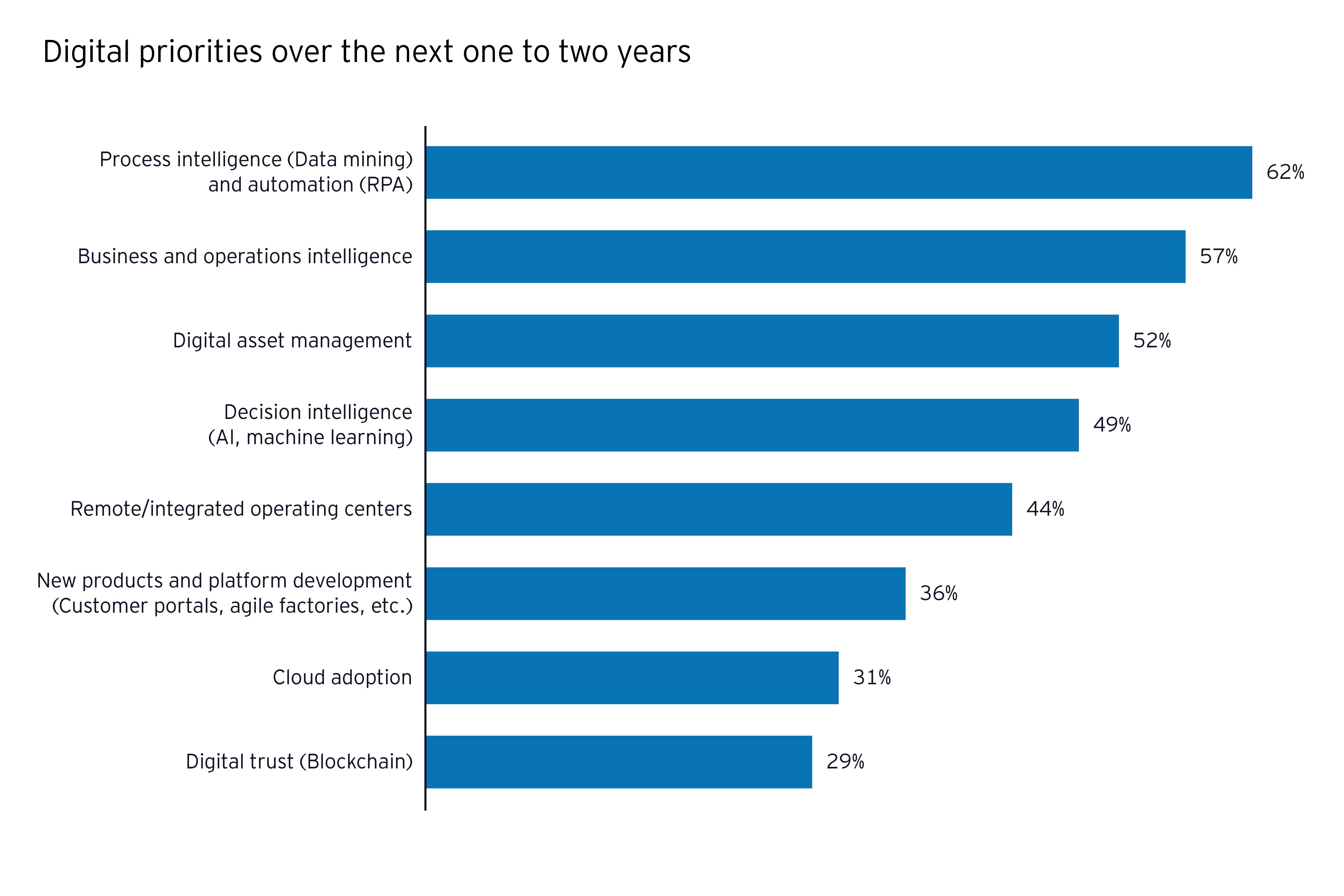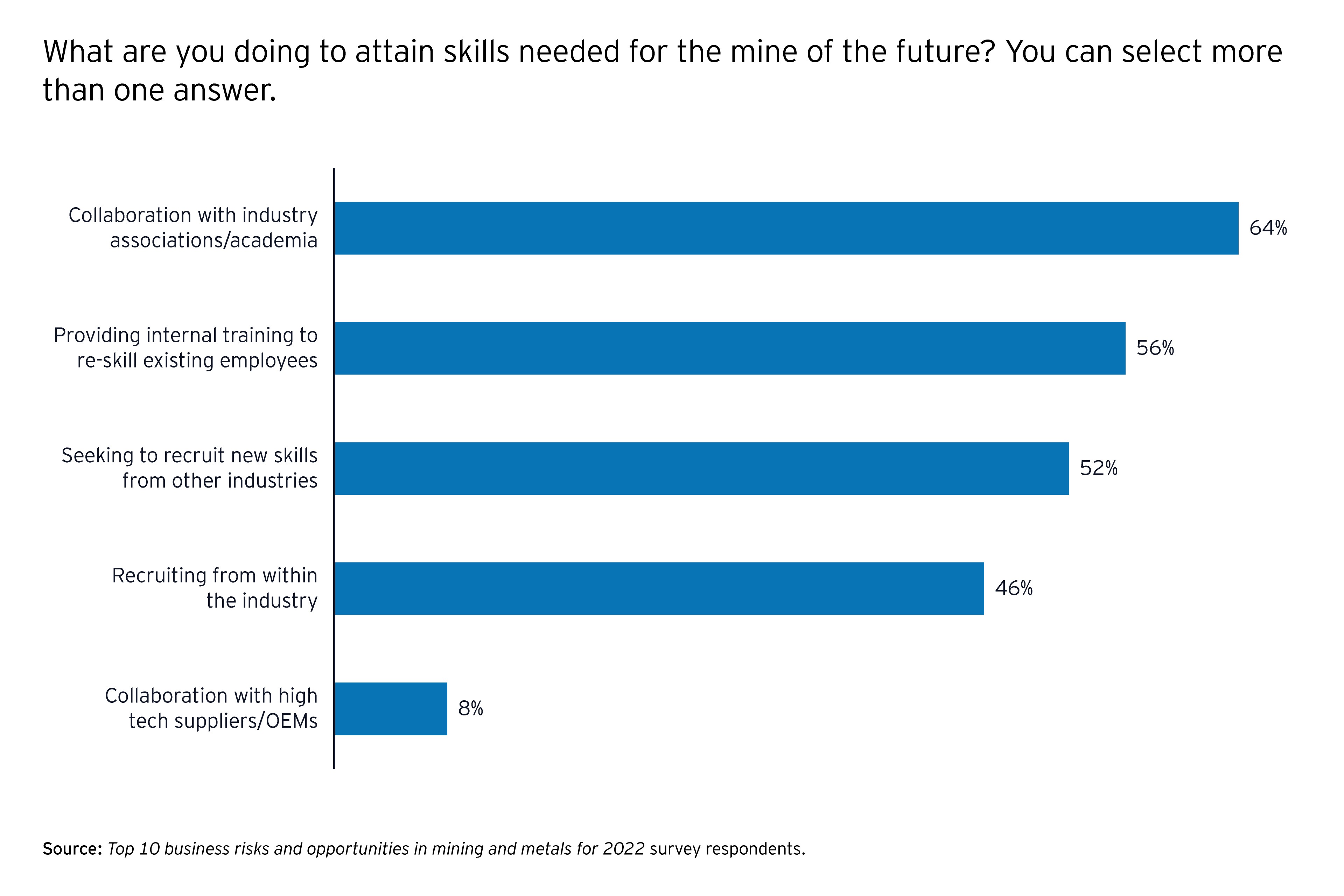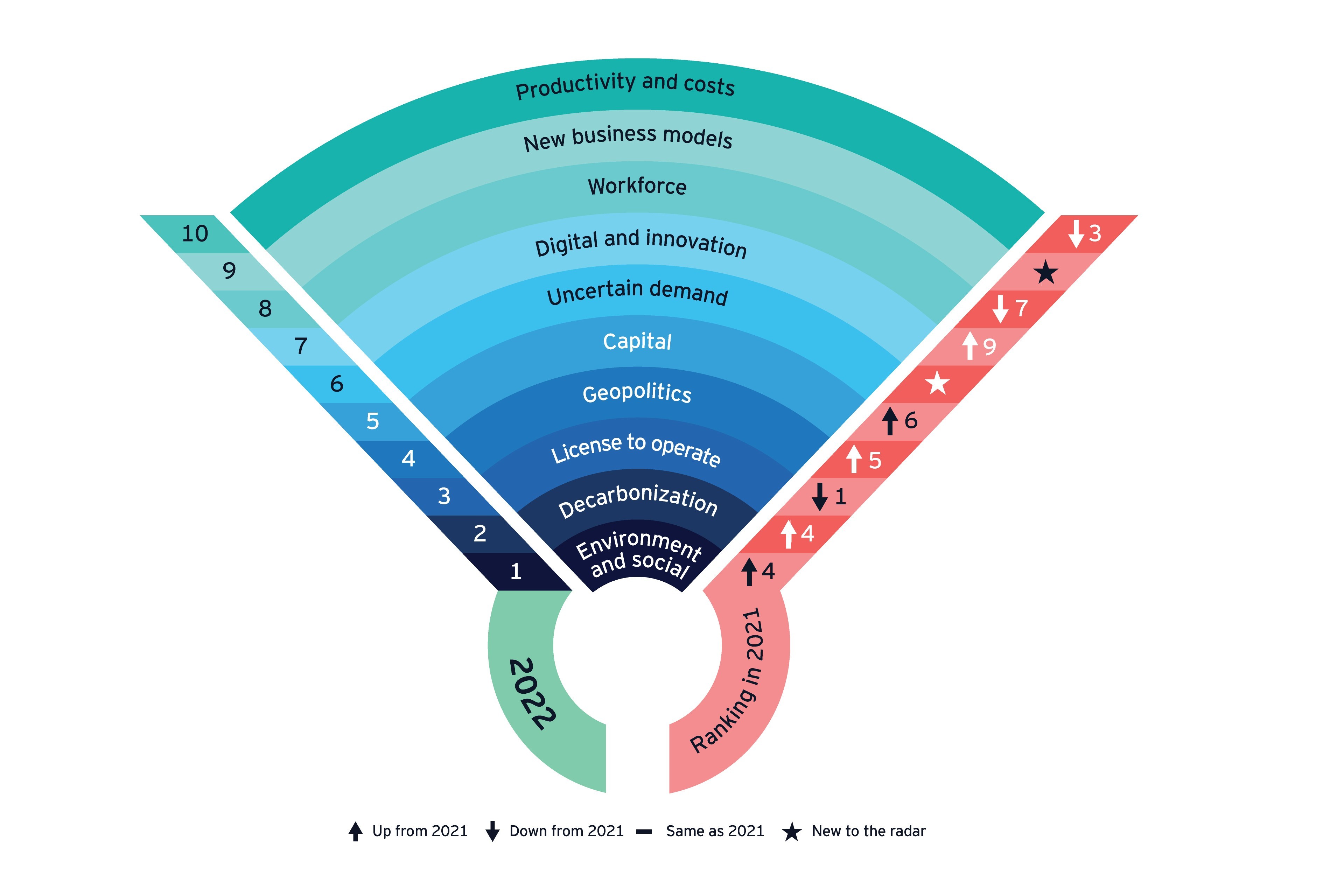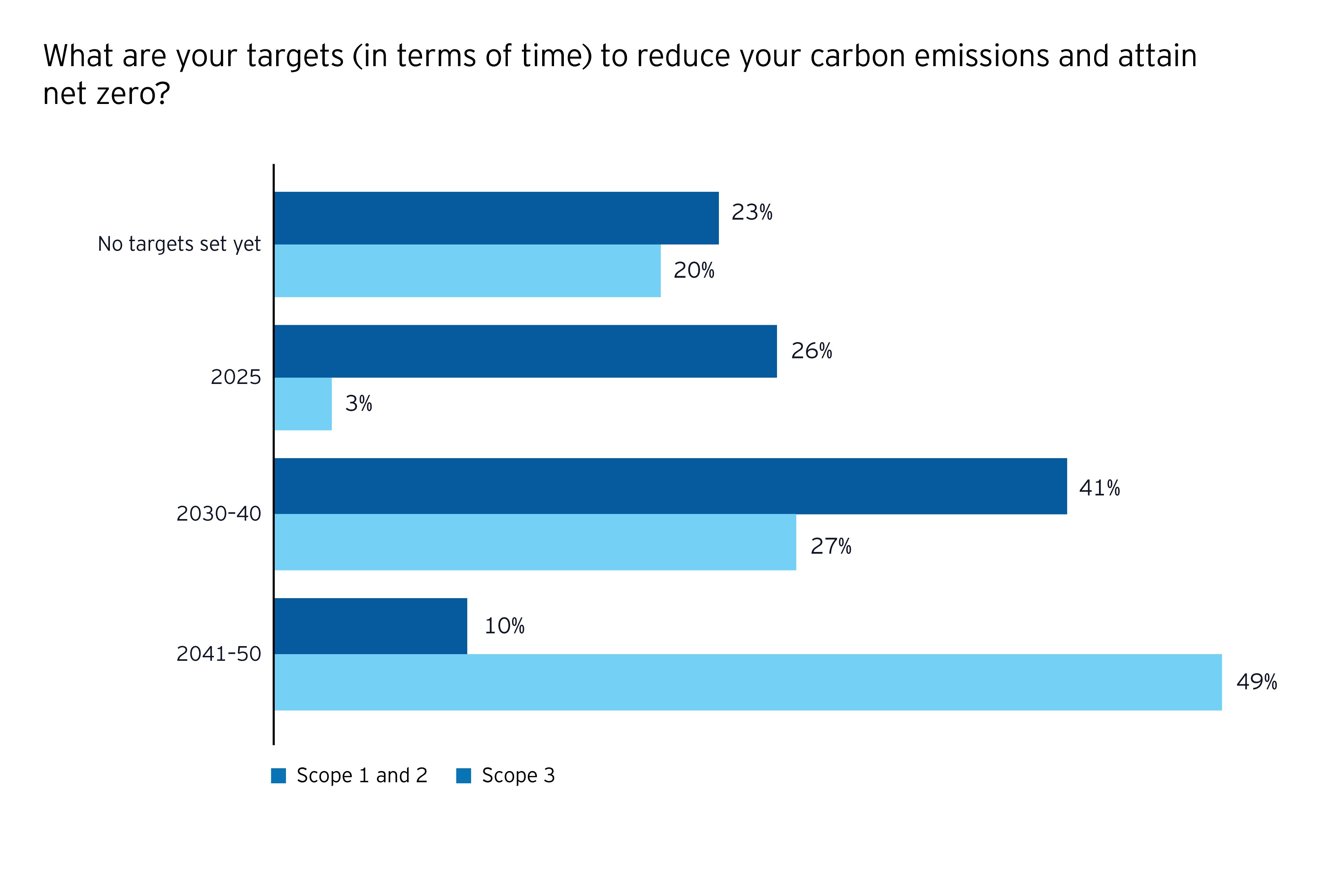Higher ESG ratings can enable access to a larger pool of attractively priced capital.
Trend 6: Uncertain demand
Building agility can help miners manage price volatility, substitution threats and changing demands.
The energy transition is pushing up demand for the minerals integral to renewable energy, electric vehicles and energy storage systems. To meet this demand, miners will need to overcome big supply-side challenges, including accessing capital, securing LTO and the geopolitical risk that comes with minerals concentrated in just a few markets.
The threat of substitution is also real in a sector with long project lead times. Advances in technology and the evolution of the energy transition may see demand for different commodities change before miners can keep up. The timeline of battery manufacturing highlights this risk.

Scenario modeling can help miners predict the impact of changing demand, while offtake agreements may mitigate the risk of volatile prices. Some companies are becoming participants in integrated supply chains rather than commodity markets.
Trend 7: Digital and innovation
Miners are driving innovation to address productivity, safety and ESG priorities.
Digital and innovation have been key tools in helping miners improve productivity. We expect to see even greater use of data science, modeling and scenario planning to enable more agile decision-making around cost.
COVID-19 also highlighted the huge potential of digital to improve onsite health and safety. Miners that already used automation and remote operating centers (ROCs) fared better during the pandemic and, not surprisingly, our survey revealed that companies plan to increase investment in these areas.
Miners are also deploying technology as part of their ESG agenda. Digital innovation can allow diversification into greener products and improve transparency of reporting.

Trend 8: Workforce
Creating an inclusive, safe culture and career pathways can build a future-ready workforce.
Miners face a talent crisis as border closures and an unappealing brand make it difficult to find the right skills for a changing industry. Competing in a tight market requires miners to build a workplace that appeals to more diverse workers. Improving cultural safety on-site must be a priority, and miners should continue the mental health programs that began as a result of the COVID-19 pandemic. Diversity and inclusion are now firmly on investors’ agendas and must be a board-level directive in mining and metals companies.
Closing the sector’s big digital literacy gap will depend on greater investment in high-quality online learning, sometimes in collaboration with each other and third parties.

Trend 9: New business models
Six models can help mining and metals companies operate within a more volatile environment.
Amid ongoing uncertainty, miners have an opportunity to assess whether existing business models are fit for purpose. Six models may better help miners capture value amid volatility:
- Shared value model: Delivering greater returns directly to host communities and governments
- Circular business model: Minimizing waste and reducing emissions
- Vertical integration: Acquiring or integrating into downstream companies such as automakers
- Horizontal market integration: Moving into adjacent businesses, e.g., tech providers, to drive innovation
- Joint ventures: Potentially delivering more value to stakeholders and improving access to reserves and capabilities
- Offtake agreements: Providing low-risk access to capital
Determining which model fits best requires companies to first identify where value, risks and opportunities lie in the current model, then conduct in-depth scenario planning and future market assessments.
Trend 10: Productivity and costs
Balancing short term gains and long term value can drive sustainable cost reductions.
The COVID-19 pandemic means demand is up, but so are the costs of inputs, shipping, talent and decarbonization programs. Reducing costs and improving productivity is a balancing act for miners that must achieve short-term gains while creating long-term value.
Variability is a key impact on miners’ productivity. Managing this requires:
- Improved geological modeling to alleviate uncertainty
- Analytics around asset performance to enable predictive maintenance and improve reliability
- Operational discipline to deliver consistent results
- Integrated operating models that align with markets to enable rapid response to change
Productivity initiatives centered around people and enabled by technology can help miners achieve sustainable, end-to-end improvements without having a negative impact on LTO.
Summary
Disruption is dramatically shifting the risks and opportunities faced by the global mining and metals sector. Environment and social is now the top risk, with uncertain demand and new business models also entering our annual ranking. While the results highlight ongoing volatility, we still see more opportunities than risks for companies willing to transform to deliver long-term value and create a sustainable future.




